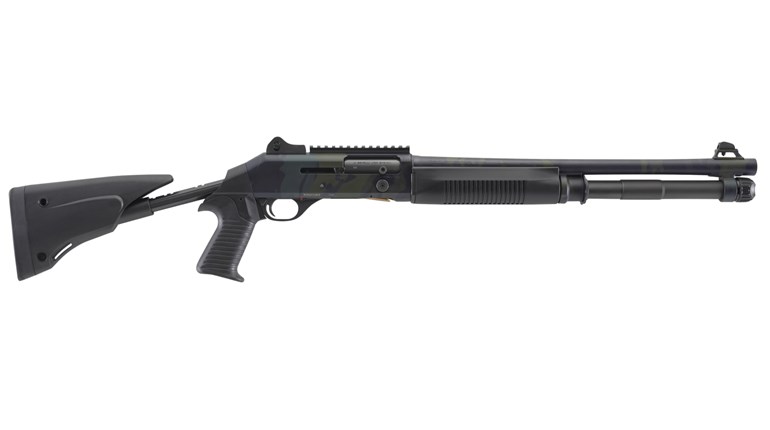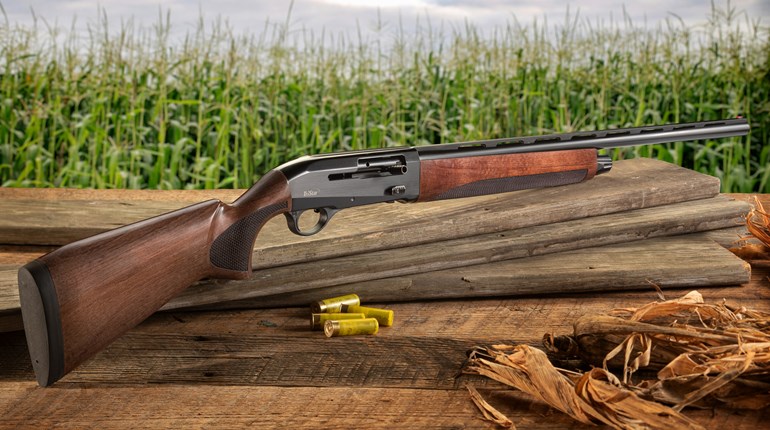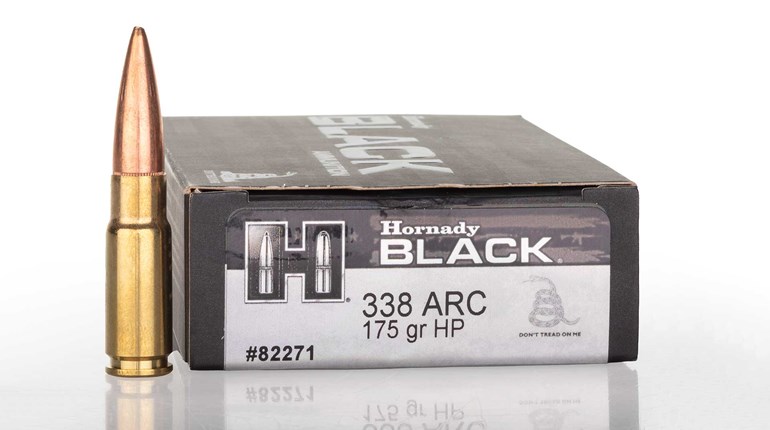
Knowing how to safely unload your semi-automatic handgun, rifle or shotgun is the most critical skill a new gun owner must have. At my firearms training company, Renaissance Firearms Instruction, every student must leave understanding how to unload a plethora of firearms, even ones they don’t plan on owning. Here’s an example of the reason why: A friend down in Florida owns a gun shop. Behind the counter is a jar full of live rounds that were extracted from a customer’s gun that “wasn’t loaded.” It isn’t a small jar, either.
Sadly, this is a common mistake with semi-automatic firearms. The spring-loaded action combined with slide stops or charging handles seems to cause the most confusion for a new shooter (and, let’s be honest here, more than a few “experienced” ones). So naturally, we use these firearms as the basis of demonstrating how firearms can be mistakenly left loaded. Over the years I’ve learned to introduce firearms function by explaining the two places ammo can hide (magazine and chamber) and the two mechanical fundamentals of ANY firearm that has both of those places.
- If an action opens, expect it to remove whatever is inside of the chamber.
- If an action closes with ammunition present, expect it to slip a round up into the chamber.
These fundamentals apply whether you opened and closed an action manually, or if it opened and closed because you fired a round. Now of course this is barring mechanical malfunction, hence why we have safety rule #1 and safety rule #2.
It’s important to understand that the magazine is an ammunition feeding device and that it feeds, or fills the chamber. The easiest way to understand unloading a semi-automatic pistol or rifle is to consider how a kiddie pool works. Let’s say that you are getting ready for a party and that you decided to put the hose in the kiddie pool and start filling it up. Then you remember you’re not supposed to have a party because it’s 2020 and COVID restrictions are still in place…what to do? Correct, remove the hose. Otherwise you’re just going to be removing water while that feeding source instantly replaces it.
The hose is your magazine, the pool is the chamber. If the magazine remains in the gun when you cycle the action to “clear the chamber,” another round is going to get put right in.
So here are the non-negotiable steps to emptying a semi-automatic rifle or pistol.
-Remove magazine.
-Pull slide or charging handle to the rear.
-Visually and physically inspect the chamber to ensure it is free of ammo.
The third step in the preceding sounds a little redundant on the surface, but remember when I mentioned mechanical malfunction above? Extractors don’t always extract. I was at a USPSA match where I watched a master-class shooter unload at the end of the stage and, instead of taking a split second to look, aggressively cycle the slide about a dozen times thinking that would be enough to “ensure” the last round was removed from the chamber. Well, when the “hammer down” command was given, the gun went “bang” and he went home for the day with a score of zero.
Semi-automatic shotguns work the same way. However it’s important to understand how your particular shotgun works. To do this, there’s really no way to avoid the dreaded activity…reading the manual. I can’t tell you how many times I’ve had a new product in front of me that I swore I could figure how to use, only to realize that I was dead wrong after skimming the manual.
One of the things that you might learn is that your semi-automatic shotgun doesn’t cycle a round when the action is opened manually. Consider this an exception to the fundamental (that’s why we don’t call them rules). As an example I’ll mention an individual who also happens to be a New York State DEC Instructor. One afternoon as we wrapped up a squirrel hunt, he offered to unload my shotgun for me as we returned to the car. He handed me my gun back along with one solemn shotgun shell. The problem? The gun had three in it when he took it from me.
You see, my shotgun was built on the classic Benelli system that only lets a round out of the magazine if the trigger is pulled, or if the release is pressed. He wasn’t familiar with this system and thus left the gun loaded. A quick peek into the magazine would have saved him some face, but he failed to do so. Luckily the day only ended in embarrassment, as opposed to tragedy.
If you’ve paid close attention, then you might have noticed that the shooters in both stories were highly experienced. I point this out because it’s imperative to understand that no one is exempt from making this mistake. Complacency is real and unfortunately, it leads to the most dangerous gun owners in the sport. We are all human and part of the human condition is being less than perfect. So learn how your guns work, follow these steps, and please understand that counting how many rounds you put in and fired is NOT a means of ensuring that your gun is unloaded. If the opening scene of Dirty Harry has taught us anything, it’s that it is better to be knowledgeable than to be lucky.







































